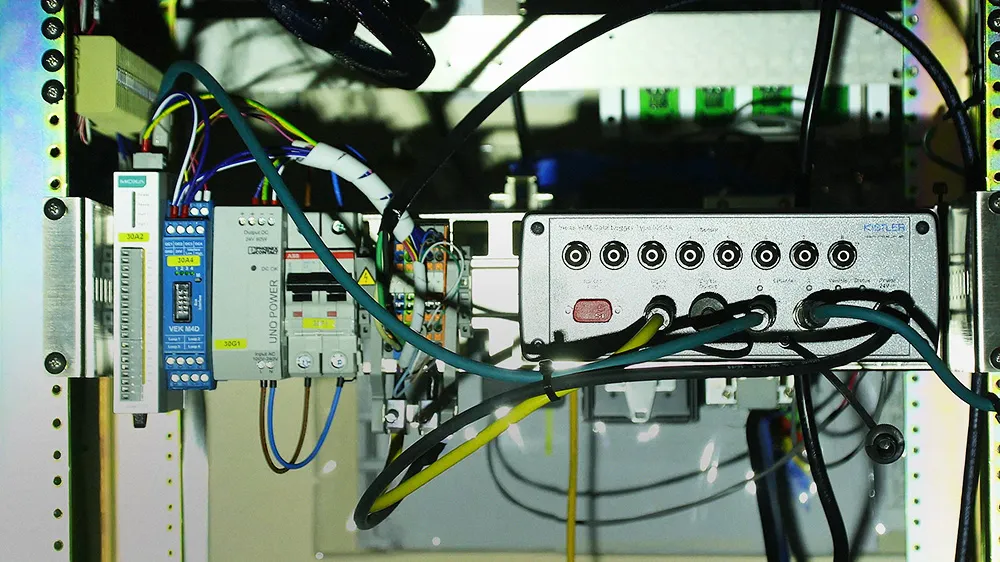
Trend 1: The market is in need of instant solutions
Time is becoming more and more valuable - companies have less and less of it. They need instant service, immediate solutions for their needs. Cloud players offer speed as a key benefit: user-friendly services that can be used almost immediately after registration.
Trend 2: The commercial sector requires ANPR but it lacks expertise
Automatic number plate recognition (ANPR) and vehicle identification technology is not only the large integrators’ playground anymore. Corporate offices, shopping malls and train stations are also in need of such technology for their access control and parking systems.
We cannot expect all these businesses to be ANPR experts. It is a complex technology, takes years to get the necessary experience and know-how.
To properly integrate such a system requires weeks and in-depth programming skills. So why not skip it, integrators say.
Cloud systems make it all possible: the system gets ready within an hour - with basic integration skills. What took earlier long weeks, can be done now with a simple REST API configuration by one person, literally between two coffee breaks.
Trend 3: OpEx is favoured over CapEx
It will not be news to anyone who owns or leads a business: we like those expenses that can be distributed on a monthly basis, as an operational expenditure (OpEx).
Investments of capital expenditure (CapEx) are not easy to carry out, either because of financial limitations or the company’s bureaucracy.
But having a minimal expense every month is feasible and easy to start with - and can be stopped any moment without wasting money.
Trend 4: We only want to pay for what we use
For many projects integrators cannot estimate the size of traffic or even tell how many transactions the system should be capable of performing - which is why a pay-per-use system is preferable to selecting a pre-defined (fixed) capacity.
When using a pay-per-use system, you have a transparent, transaction-based pricing that adapts to the project: so your cost will be defined only by the number of transactions your system
makes.
Trend 5: In a complex world, peace of mind is first
When browsing customer requests over the years, there is a clear tendency for peace of mind to become more and more valuable.
Integrators crave projects where everything is in the right hands. When using the cloud, they can take the burden of maintenance off their shoulders.
They do not need to update software or fine-tune recognition engines - it is all done in the cloud fully automatically and their system remains undisturbed.
There seem to be so many advantages for the cloud… simple usage, the superquick set-up, transaction-based pricing… but has the cloud really brought sunshine, or is it just a catchy headline?
Customers’ concerns are usually related to data privacy.
Though cloud systems entirely enmesh our lives (just think of our Spotify accounts or the Office365 online editions we use), people are still uncomfortable about sharing their data with any third party (like a cloud) – and in some cases they are completely right as there is improper data privacy policy and an unknown service provider, which naturally implies some mistrust.
We, as technology providers, need to make efforts to communicate to our users and emphasise their security. I strongly believe that it is a must-have responsibility for all cloud providers – and the sector can still improve in this field. We also have a cloud-based vehicle identification service, which can be seen here.
ABOUT THE AUTHOR

Tibor Zahorecz is head of cloud at Adaptive Recognition









